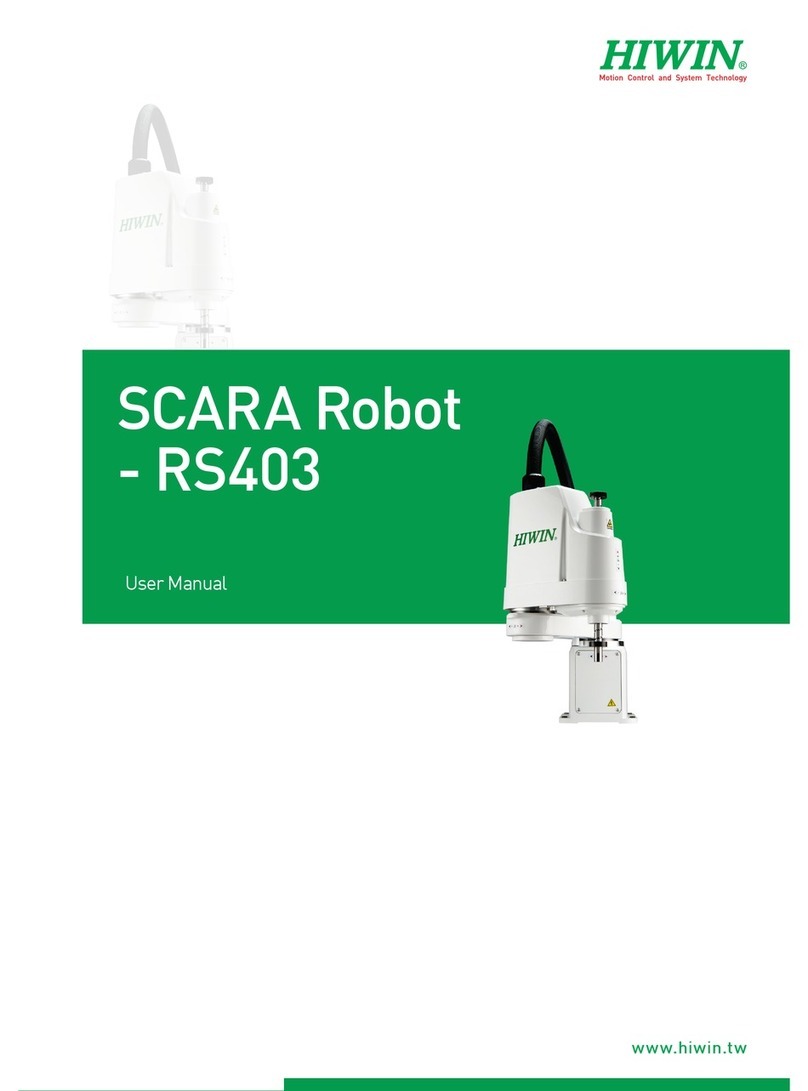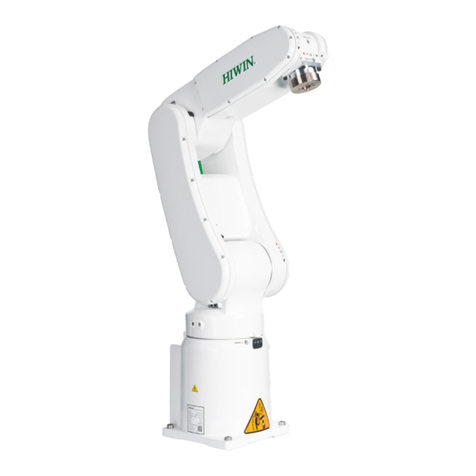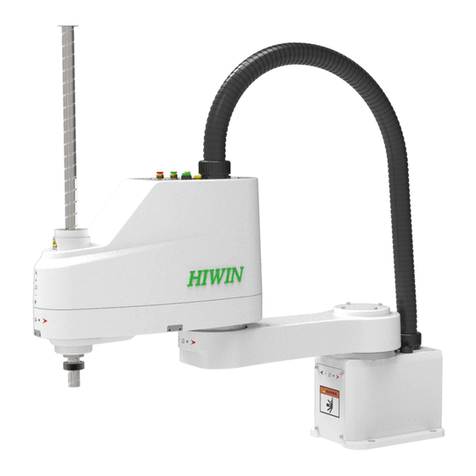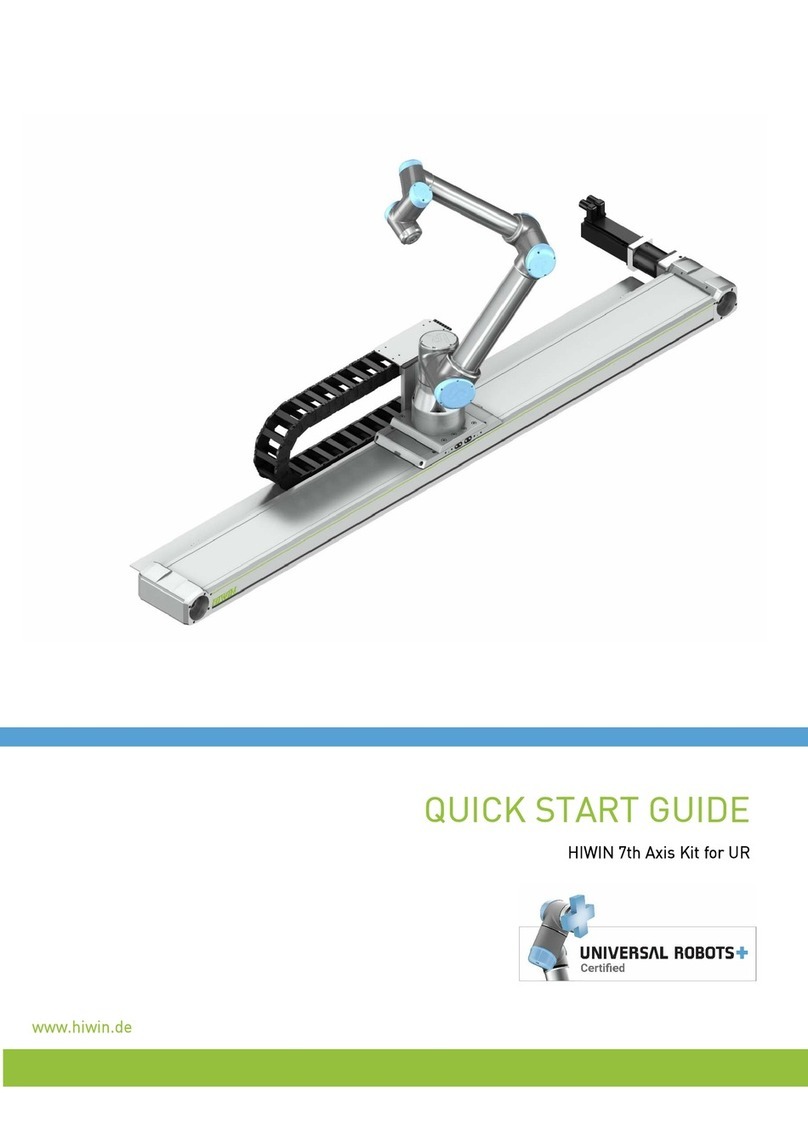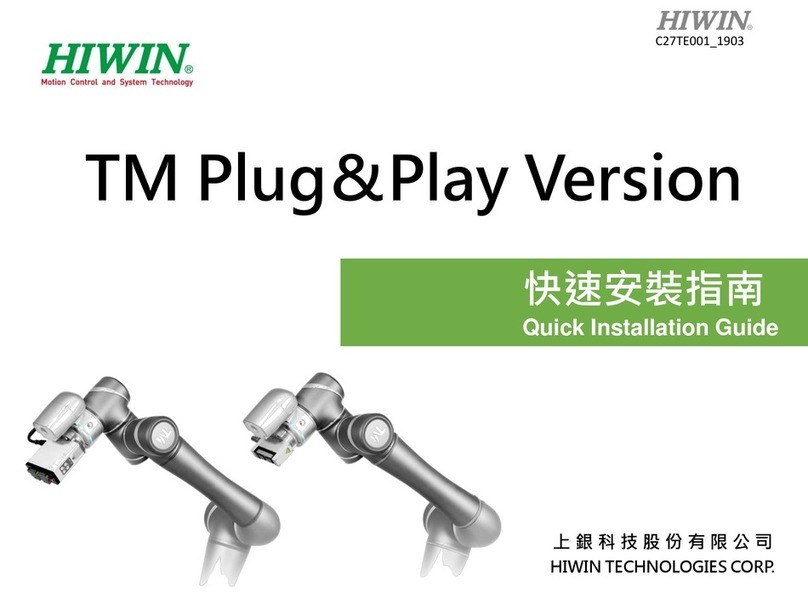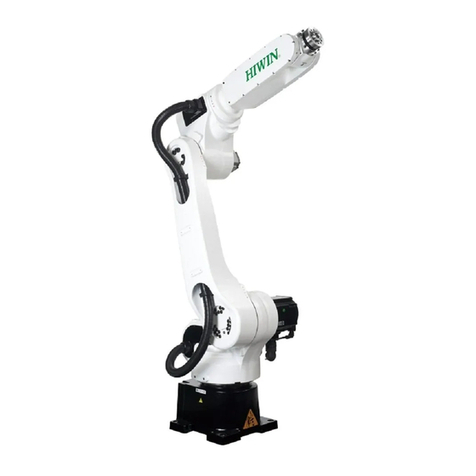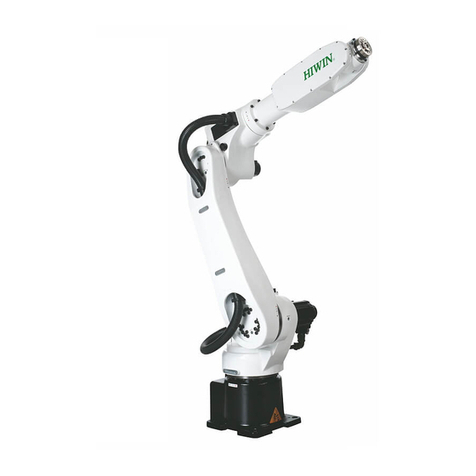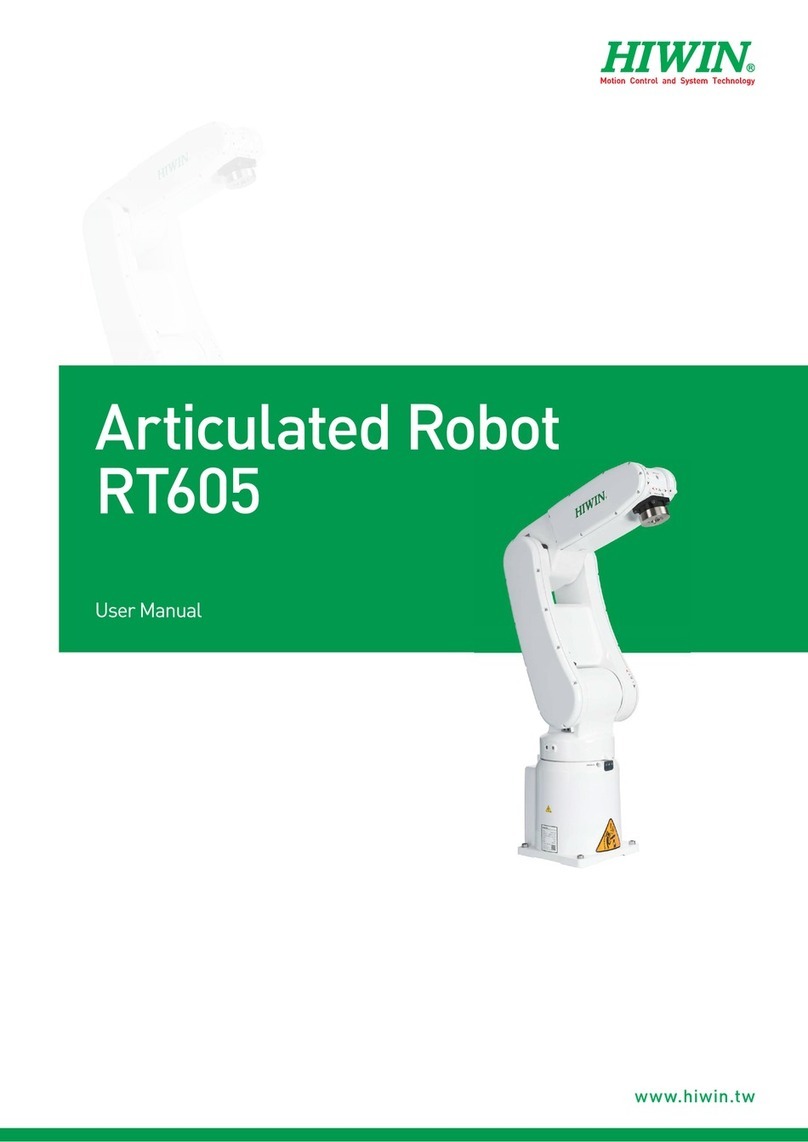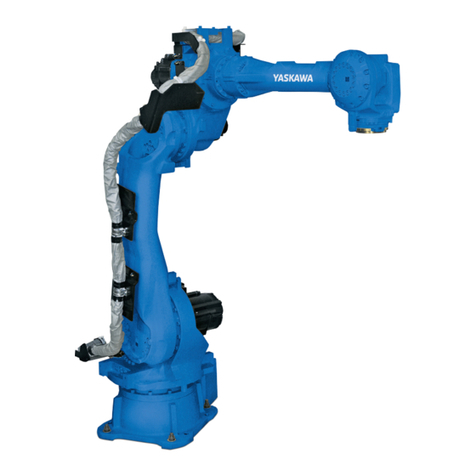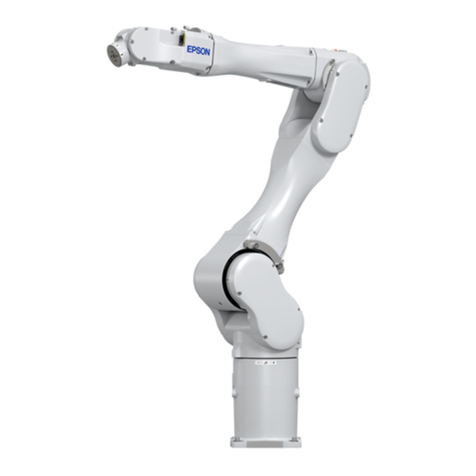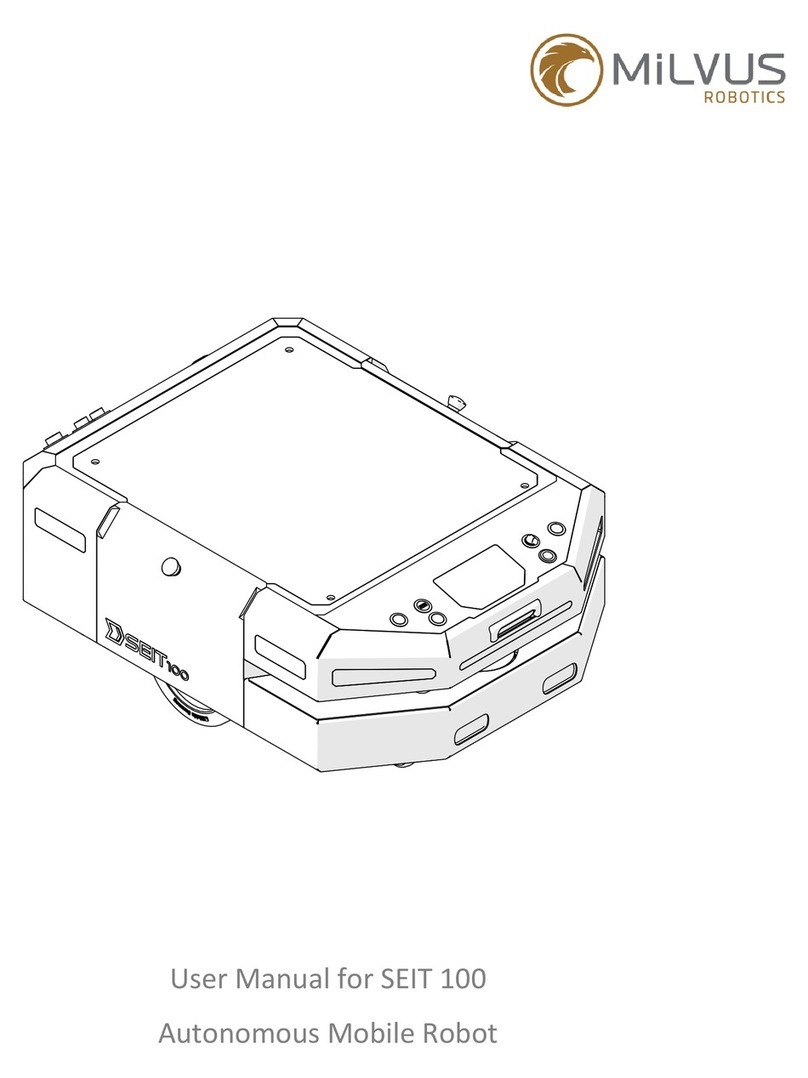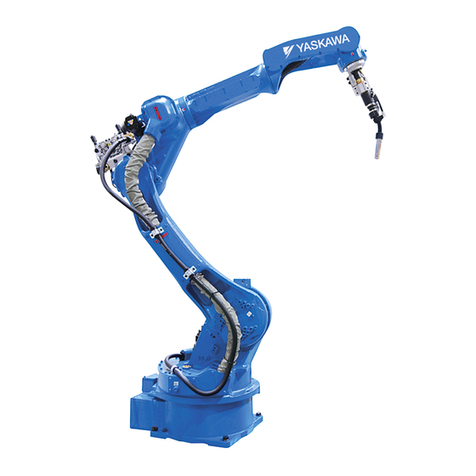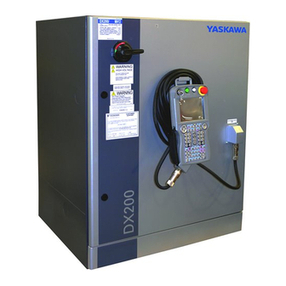
2
C01UE002-2109
Warranty Terms and Conditions
The period of warranty shall commence at the received date of HIWIN product (hereafter called
“product”) and shall cover a period of 12 months. The warranty does not cover any of the damage and
failure resulting from:
The damage caused by using with the production line or the peripheral equipment not
constructed by HIWIN.
Operating method, environment and storage specifications not specifically recommended in
the product manual.
The damage caused by changing installation place, changing working environment, or
improper transfer after being installed by the professional installer.
Product or peripheral equipment damaged due to collision or accident caused by improper
operation or installation by the unauthorized staff.
Installing non-genuine HIWIN products.
The following conditions are not covered by the warranty:
Product serial number or date of manufacture (month and year) cannot be verified.
Using non-genuine HIWIN products.
Adding or removing any components into/out the product without authorized.
Any modification of the wiring and the cable of the product.
Any modification of the appearance of the product; removal of the components inside the
product. e.g., remove the outer cover, product drilling or cutting.
Damage caused by any natural disaster. i.e., fire, earthquake, tsunami, lightning, windstorms
and floods, tornado, typhoon, hurricane etc.
HIWIN does not provide any warranty or compensation to all the damage caused by above-mentioned
circumstances unless the user can prove that the product is defective.
For more information towards warranty terms and conditions, please contact the technical stuff or the
dealer who you purchased with.
